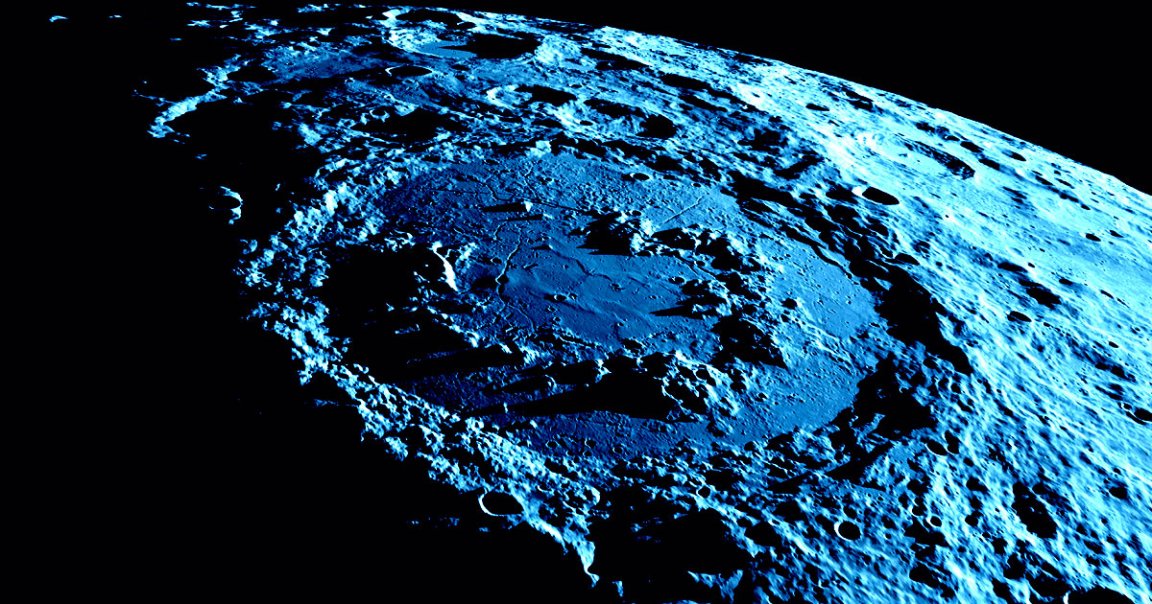
Powerful moonquakes recorded by Apollo seismometers over half a century ago have been linked to fault lines and landslides near the Moon’s south pole.
The findings, as detailed in a new paper published in The Planetary Science Journal this week, suggest that the Earth’s lonely satellite is still actively shrinking, a process that’s causing its surface to become fractured by creases and cracks.
And that could have potentially serious implications for astronauts daring to venture out onto the Moon’s surface and establish permanent outposts in the coming years and decades.
In 2010, an analysis of data obtained by NASA’s Lunar Reconnaissance Orbiter suggested that the Moon was shrinking like a raisin. The process, scientists concluded at the time, was likely the result of its interior cooling, leaving thousands of cliffs on the surface behind.
In 2019, researchers found that the Moon is still being rocked by moonquakes to this day, and that as a result its circumference had shrunk by more than 150 feet over the last few hundred million years.
Now, scientists have revised seismic data from the Apollo era to study the Moon’s south pole, a heavily cratered and rocky region that is of great interest to scientists and future space explorers.
“Our modeling suggests that shallow moonquakes capable of producing strong ground shaking in the south polar region are possible from slip events on existing faults or the formation of new thrust faults,” said lead author and National Air and Space Museum senior scientist Thomas Watters in a statement.
That kind of movement could have considerable implications for future efforts to land human astronauts in the region.
“The global distribution of young thrust faults, their potential to be active and the potential to form new thrust faults from ongoing global contraction should be considered when planning the location and stability of permanent outposts on the Moon,” Watters explained.
Scientists suggest moonquakes caused by interior movements could be strong enough to damage human-made structures, including habitats.
That’s bad news, considering these quakes can last for hours, unlike the earthquakes we experience back home.
“You can think of the moon’s surface as being dry, grounded gravel and dust,” said coauthor and University of Maryland associate professor of geology Nicholas Schmerr in the statement. “Over billions of years, the surface has been hit by asteroids and comets, with the resulting angular fragments constantly getting ejected from the impacts.”
“As a result, the reworked surface material can be micron-sized to boulder-sized, but all very loosely consolidated,” he added. “Loose sediments make it very possible for shaking and landslides to occur.”
Fortunately, with the availability of detailed information about the Moon’s seismic activity, which dates back to the late 1960s, we could soon have a more detailed picture of where to place our settlements.
And that’s more relevant than ever, as NASA is hoping to return humans to the surface of the Moon for the first time since Apollo 17 over 50 years ago.
“As we get closer to the crewed Artemis mission’s launch date, it’s important to keep our astronauts, our equipment and infrastructure as safe as possible,” Schmerr explained.
“This work is helping us prepare for what awaits us on the moon — whether that’s engineering structures that can better withstand lunar seismic activity or protecting people from really dangerous zones,” he added.
More on the Moon: Photo Shows Japanese Moon Lander Is Upside Down on Lunar Surface